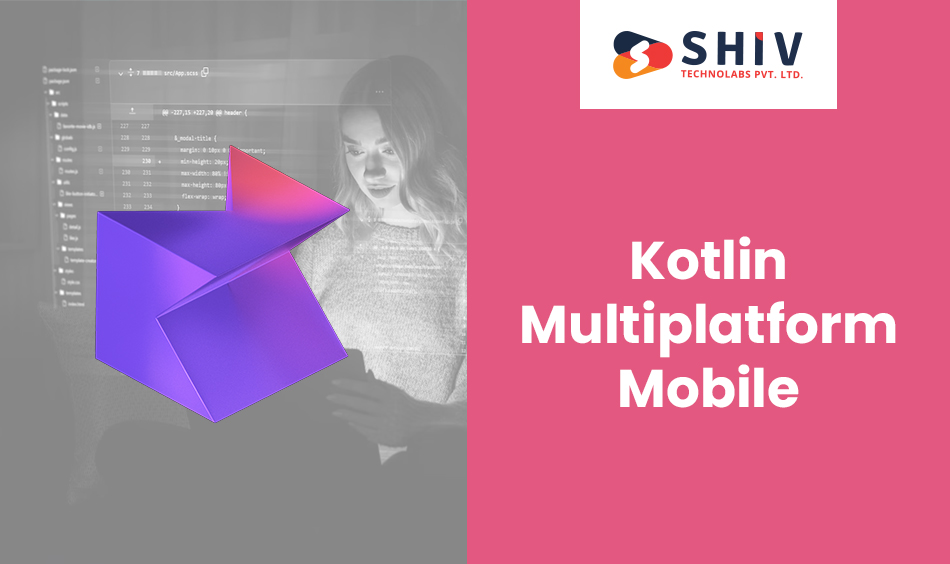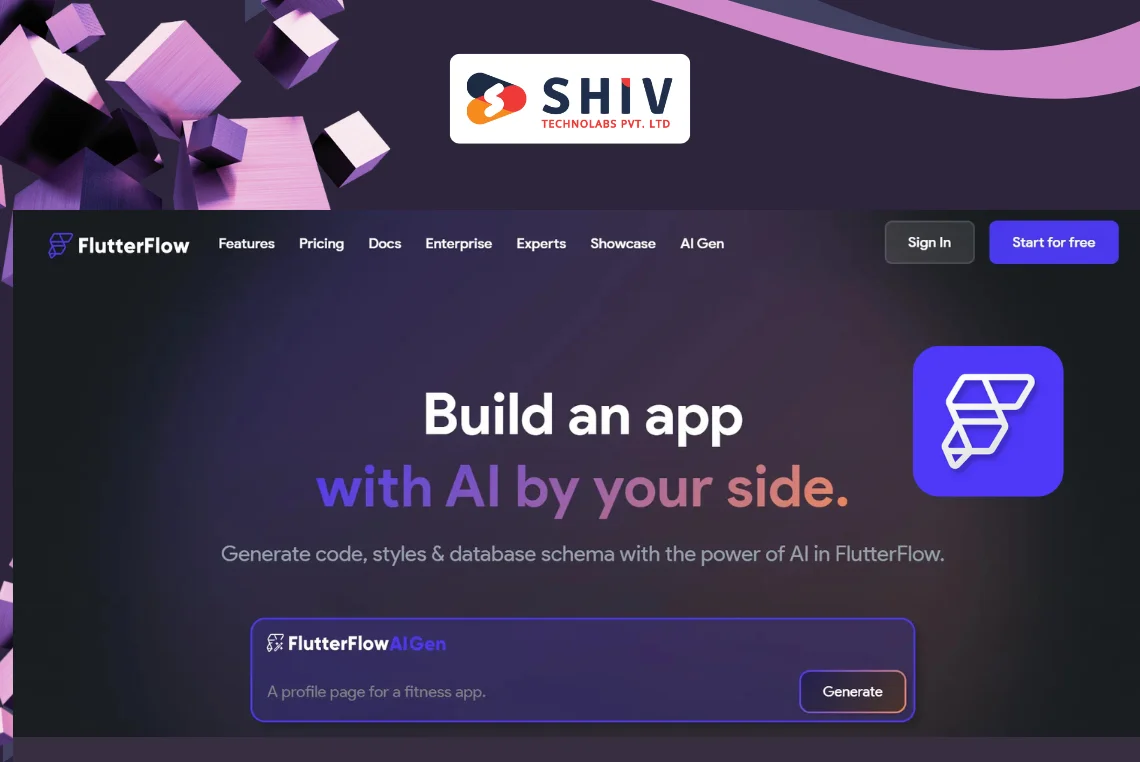Table of Contents
The world of Android app development is always changing, with new tools and frameworks appearing to make the development process easier. Picking the right framework is essential to create high-quality android apps that meet user needs and run smoothly. With so many options out there, developers need to know which frameworks are the best to ensure they build efficient, powerful apps. In 2025, some frameworks stand out due to their features and benefits. This guide covers the top 10 Android app development frameworks, highlighting their advantages and key features to help you choose the best one for your project.
1) React Native

React Native, created by Facebook, is very popular among developers for making cross-platform apps using one codebase. This framework uses JavaScript and lets developers create native apps for both Android and iOS. The main benefit of React Native is its efficiency, thanks to reusable components and the hot reloading feature. With a large community and many third-party plugins, React Native is well-supported and constantly improving to meet modern development needs.
# Why Choose React Native?
React Native is perfect for developers who want to quickly build high-performance, cross-platform apps. Its reusable components save time and effort, making it a top choice for many leading app development companies. The hot reloading feature allows developers to see changes immediately without rebuilding the entire app.
# Key Features
React Native includes a rich set of libraries and tools that make development easier. It integrates smoothly with native components, providing a true native experience. Its active community ensures continuous improvements and extensive support, making it a reliable option for android app development.
2) Flutter
Flutter, an open-source framework by Google, is changing how developers create beautiful, efficient apps for multiple platforms. Flutter’s approach to building UIs with customizable widgets helps developers make visually appealing, responsive apps. Using Dart as its programming language, Flutter ensures fast development cycles and excellent performance.
# Benefits of Flutter for Android Development
Flutter allows developers to deliver native-like performance with one codebase, reducing development costs and time. Its pre-designed widgets make creating complex UIs easy. Flutter’s strong performance and reliable architecture make it a favorite among developers and mobile app development services in Australia.
# Core Features
Flutter’s Hot Reload feature lets developers see changes instantly, speeding up development. Its extensive widget library supports creating highly customizable and attractive UIs. Dart’s modern features and Flutter’s efficient rendering engine contribute to its superior performance.
3) Kotlin Multiplatform Mobile (KMM)

Kotlin Multiplatform Mobile (KMM) is an innovative framework that lets developers write shared code for Android and iOS apps. Using Kotlin, developers achieve native performance with a single codebase for multiple platforms. KMM is gaining popularity for streamlining development workflows and improving code maintenance.
# Advantages of Using KMM
KMM’s shared codebase approach cuts down on the work needed to develop and maintain apps for different platforms. Developers can write business logic once and share it across Android and iOS, ensuring consistency and reducing bugs. This framework is ideal for top app development companies looking to optimize their processes.
# Main Features
KMM works well with Java, allowing developers to integrate existing Java code easily. Kotlin’s type-safety and null-safety features make code more reliable and reduce errors. KMM’s robust library and tools support efficient development and debugging.
4) Xamarin
Xamarin, supported by Microsoft, is a powerful framework for developing cross-platform apps using C#. It provides tools to build native apps for Android, iOS, and Windows from a single codebase. Xamarin’s integration with Visual Studio and access to native APIs make it a favorite among enterprises and developers.
# Why Xamarin is a Great Choice
Xamarin lets developers share up to 90% of their code across platforms, saving time and money. Its access to native APIs ensures high performance and a native user experience. Xamarin’s support from Microsoft and comprehensive development environment in Visual Studio add to its appeal.
# Notable Features
Xamarin’s rich libraries and tools help create high-performance apps. It offers native-like performance and UI, enhancing the user experience. Xamarin provides strong testing and debugging tools, ensuring app quality and reliability.
Also read : How to Choose the Right Mobile App Development Partner in USA?
5) Ionic

Ionic is a popular framework for hybrid app development, using web technologies like HTML, CSS, and JavaScript. It enables developers to build high-quality cross-platform apps with a single codebase. Ionic’s extensive library of pre-built components and compatibility with Angular, React, and Vue make it a versatile choice for mobile app development services in Australia.
# Ionic’s Strengths in Android Development
Ionic’s hybrid approach allows for fast development and easy deployment across multiple platforms. Its pre-built components and themes speed up development, and its integration with popular front-end frameworks enhances flexibility. Ionic’s large community and plugin ecosystem provide robust support and continuous improvements.
# Key Functionalities
Ionic uses web technologies to let developers leverage their existing skills, reducing the learning curve. The Capacitor tool facilitates access to native device features, bridging the gap between web and native apps. Ionic’s strong community support and documentation help in efficient development.
6) NativeScript
NativeScript is a powerful framework that lets developers build truly native mobile apps using JavaScript, TypeScript, or Angular. It provides direct access to native APIs, ensuring high performance and a native user experience. NativeScript’s robust UI components and integration with existing libraries make it a popular choice for mobile app agencies in Australia.
# Benefits of NativeScript
NativeScript’s single codebase for both Android and iOS reduces development time and effort. Its direct access to native APIs ensures apps have native-like performance and capabilities. This framework is particularly useful for developers looking to create high-quality, cross-platform apps.
# Core Features
NativeScript’s Hot Module Replacement lets developers see changes in real-time, speeding up development. Its extensive UI component library supports creating highly customizable and attractive UIs. NativeScript’s integration with frameworks like Angular enhances its versatility.
7) Corona SDK

Corona SDK is a lightweight, fast framework ideal for 2D game development and apps. It uses Lua, an easy-to-learn programming language. Corona SDK’s extensive plugin library and real-time testing make it a top choice for developers focused on game development.
# Why Choose Corona SDK?
Corona SDK’s simplicity and efficiency make it perfect for developing 2D games and apps. Its lightweight nature ensures fast performance, and its extensive plugin library offers a wide range of functionalities. Corona SDK’s real-time testing lets developers see changes instantly, enhancing productivity.
# Main Characteristics
Corona SDK uses Lua, simplifying the development process for both beginners and experienced developers. Its cross-platform capabilities allow developers to deploy apps on multiple platforms with minimal effort. Corona SDK’s active community provides strong support and continuous improvements.
8) Apache Cordova
Apache Cordova is a popular framework for hybrid app development using web technologies. It lets developers build cross-platform apps with a single codebase, using HTML, CSS, and JavaScript. Cordova’s wide range of plugins for native functionality and large developer community make it a versatile, well-supported choice.
# Advantages of Apache Cordova
Cordova’s hybrid approach lets developers use their web development skills, reducing the learning curve and speeding up development. Its wide range of plugins provides access to native device features, enhancing app functionality. Cordova’s large community and documentation support efficient development and troubleshooting.
# Key Features
Cordova uses web technologies to let developers create cross-platform apps with a single codebase, reducing development time and costs. The framework’s plugins provide access to native device capabilities, ensuring a seamless user experience. Cordova’s compatibility with frameworks like Ionic enhances its flexibility and functionality.
9) PhoneGap

PhoneGap, an open-source distribution of Apache Cordova, is a robust framework for hybrid app development. It allows developers to build cross-platform apps using HTML, CSS, and JavaScript. PhoneGap’s strong support and documentation make it a reliable choice for rapid prototyping and development.
Also read : USA Mobile App Development: Key Aspects to Keep in Mind
# Why PhoneGap is a Solid Choice
PhoneGap’s open-source nature and strong community support ensure continuous improvements and robust functionality. Its use of web technologies allows developers to leverage their existing skills, reducing the learning curve. PhoneGap’s rapid prototyping capabilities enable developers to quickly create and test their apps.
# Notable Features
PhoneGap’s plugins provide access to native device capabilities, enhancing app functionality and user experience. The framework’s compatibility with various platforms ensures wide reach and accessibility. PhoneGap’s extensive documentation and strong community support help in efficient development and troubleshooting.
10) Appcelerator Titanium
Appcelerator Titanium is a powerful framework for cross-platform native app development using JavaScript. It provides high performance with native UI components and integrated backend services. Titanium’s Alloy MVC framework and real-time analytics make it a comprehensive solution for top app development companies.
# Benefits of Appcelerator Titanium
Titanium’s cross-platform capabilities allow developers to build native apps for Android and iOS using a single codebase. Its native UI components ensure high performance and a superior user experience. Titanium’s integrated backend services and real-time analytics provide a complete development and monitoring solution.
# Core Features
Titanium’s Alloy MVC framework simplifies the development process by separating the app’s logic and UI. The framework’s access to native APIs ensures high performance and native-like capabilities. Titanium’s real-time analytics help developers monitor app performance and user engagement, enabling continuous improvements.
Conclusion
In 2025, the choice of Android app development frameworks is wide and varied, each offering unique features and benefits. Selecting the right framework depends on your project’s specific needs and your team’s expertise. Whether you prioritize cross-platform capabilities, performance, or ease of use, there is a framework that fits your requirements.
For those looking for a reliable partner in mobile app development, Shiv Technolabs stands out as a top app development company. With extensive experience using these frameworks to deliver high-quality android apps, Shiv Technolabs offers comprehensive mobile app development services in Australia. Our skilled developers ensure that your app not only meets but exceeds user expectations, driving your business success.
Choose Shiv Technolabs, a leading mobile app agency in Australia, for your next android app development project and experience the difference in quality and performance.




















